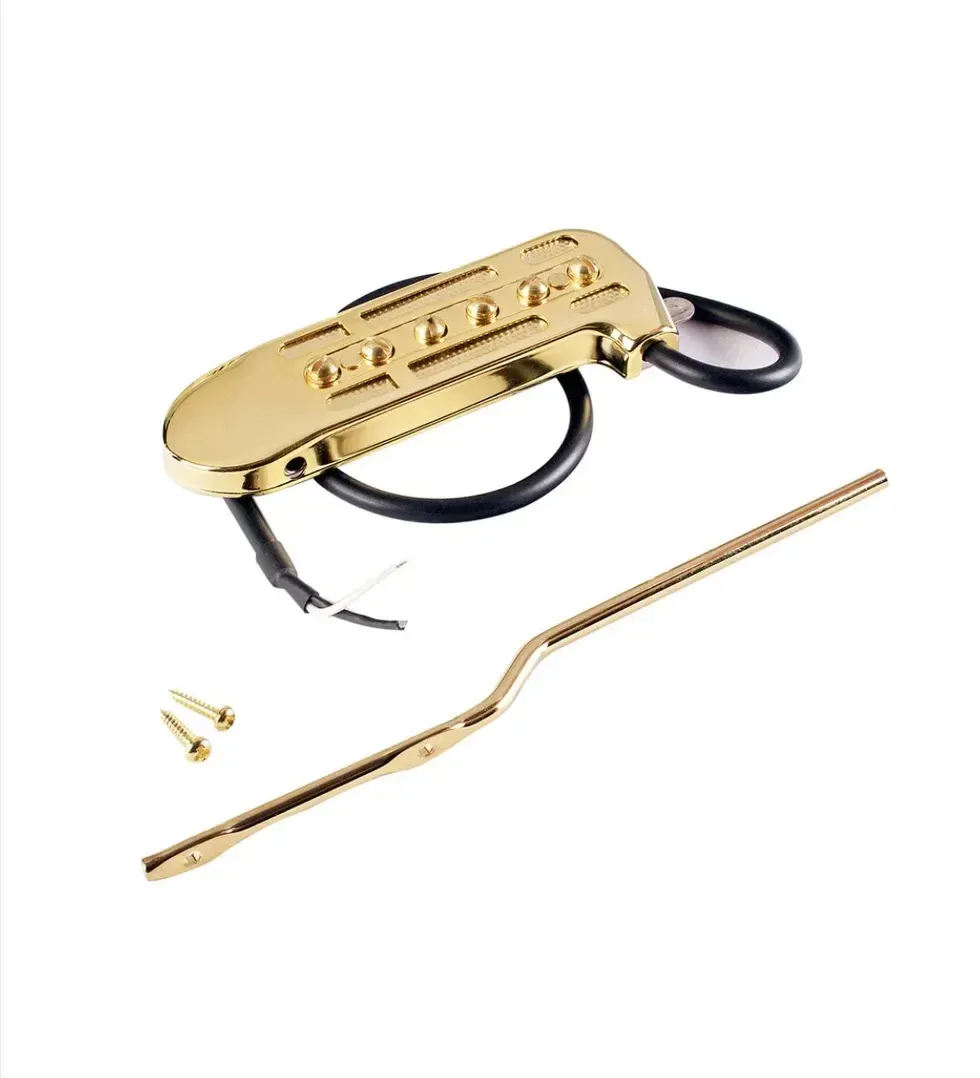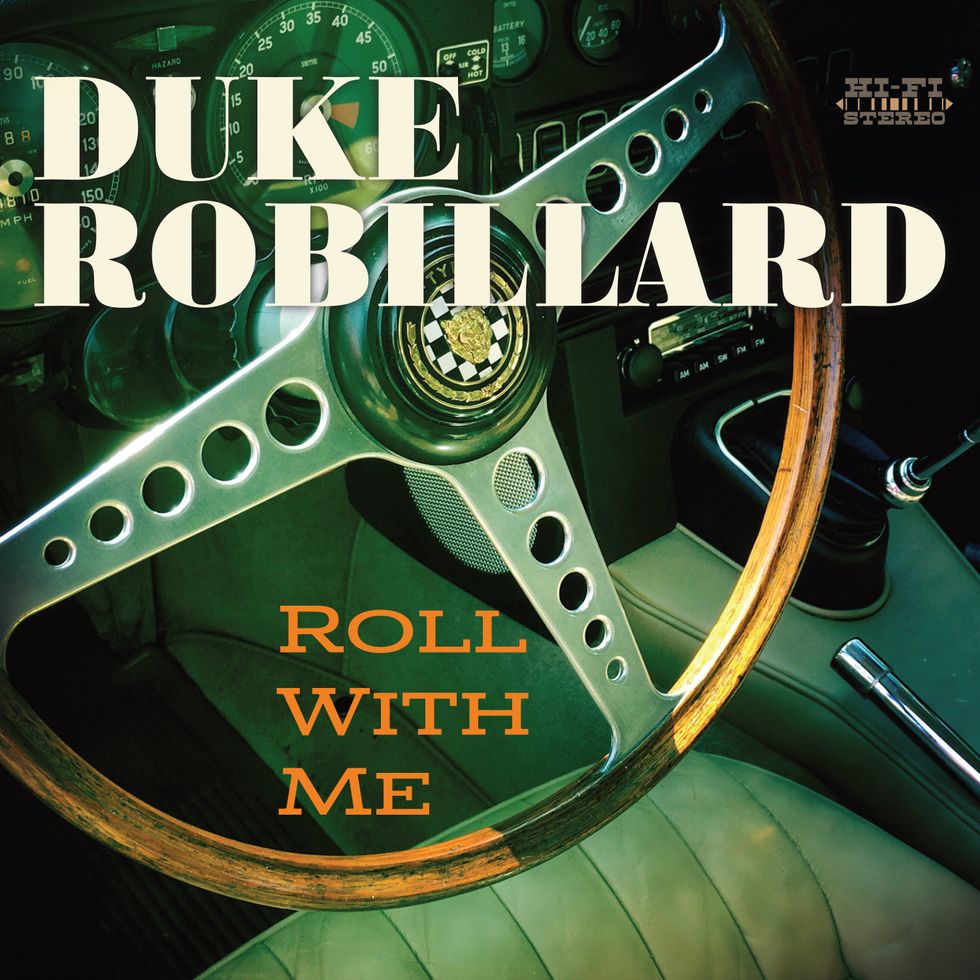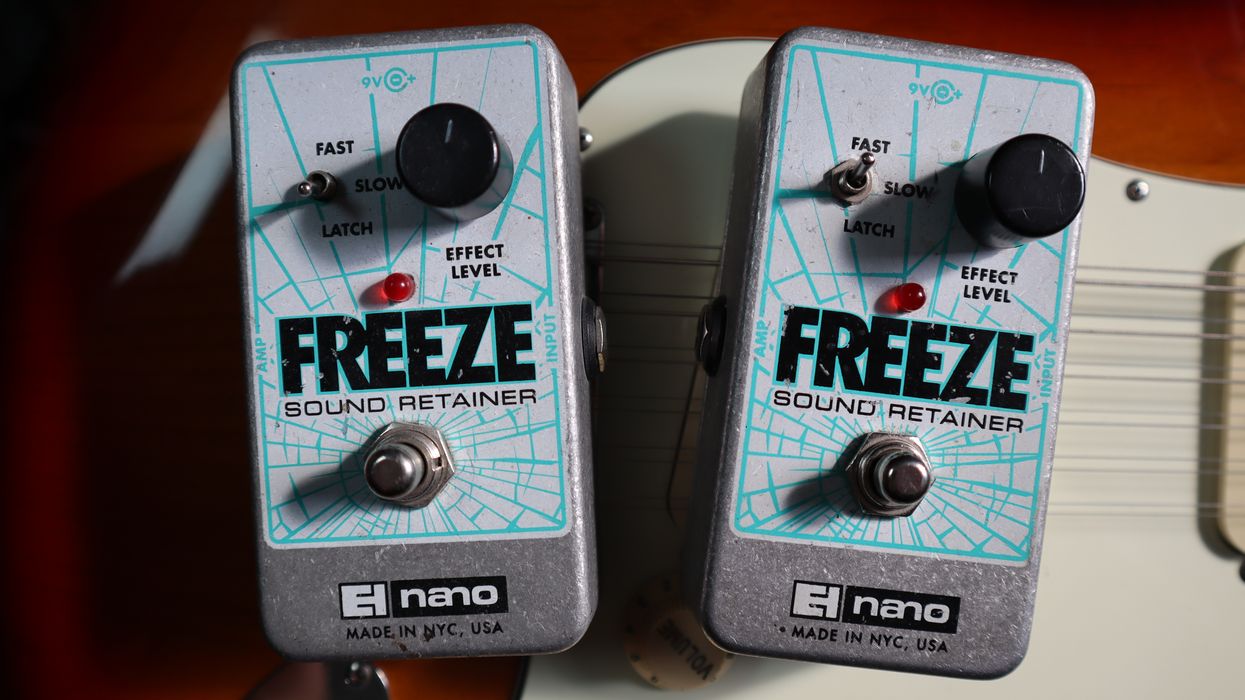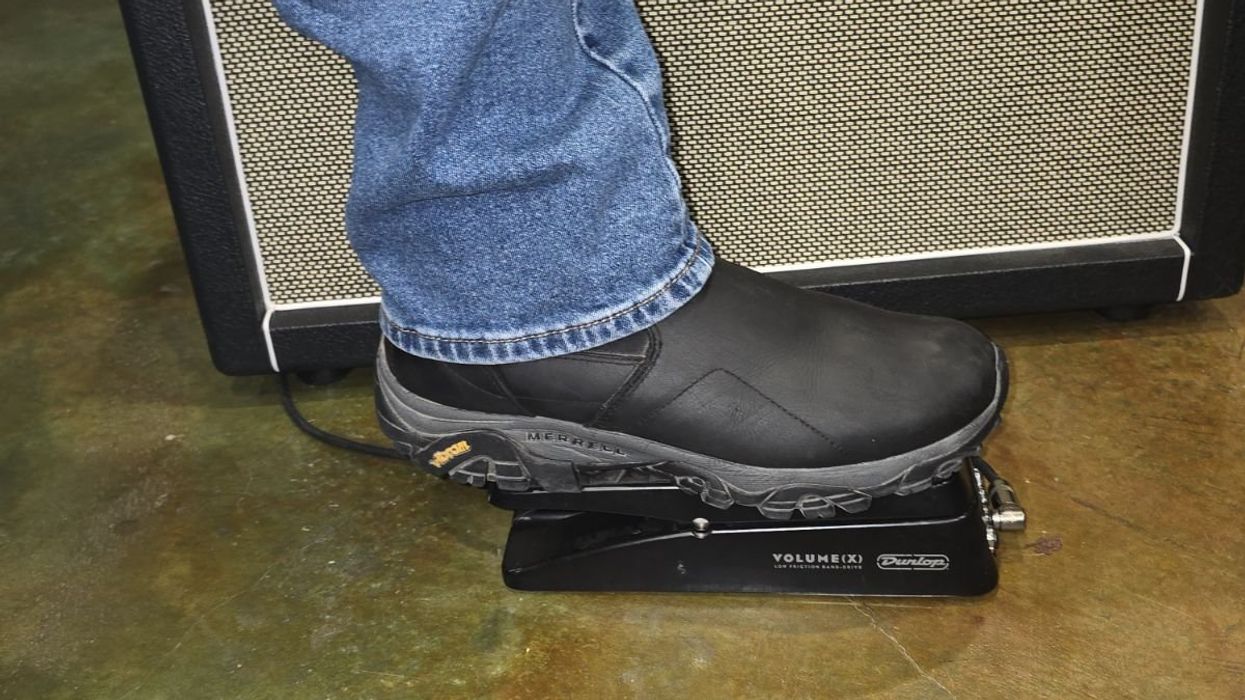They’re small, but create WAV-file, studio-quality sounds. I’m talking about portable field recorders—a valuable and affordable tool for location recordings, live music, podcasts, and videographers and filmmakers. They come in a wide range of prices and offer a variety of functions, like interchangeable microphone capsules, multi-tracking, and USB interface capability. Plus, the noise issues associated with earlier iterations of these recorders is nonexistent. Here’s five, in the $199 to $499 price range, worth investigating. And note that Sony, Tascam, and Zoom have more models at lower and higher pricing.
Zoom H8 8-Input Handy Recorder
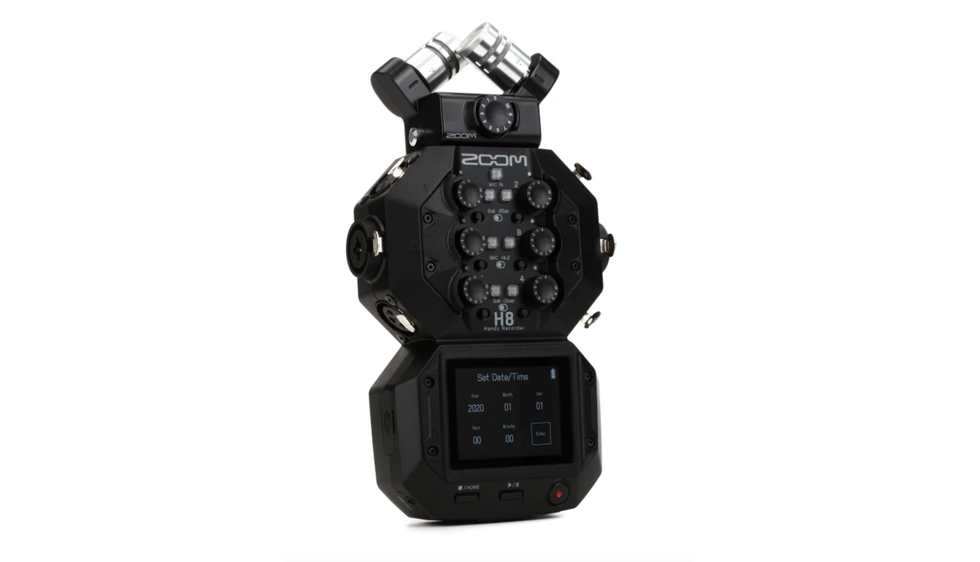
This feature-packed recorder has 12 tracks, can be used as a USB interface, and records 24-bit/96 kHz audio. The H8 has two XLR/TRS inputs and four XLR inputs, and four mic preamps with phantom power. It can be bus-powered, battery-powered (four AAs), or you can use a power adapter. Onboard is an XY mic attachment with interchangeable capsules—and these capsules sound fantastic. The software has three setups for operation: field, music, and podcast, and each is optimized for those types of recordings. Other features include an automatic backup record, a six-second pre-record function, a built-in compressor and limiter, a metronome, and a speaker for playback. Tracks are recorded to an SD card.
All that utility makes the Zoom H8 the most versatile recorder I’ve seen. Plus, I’ve had a lot of experience with Zoom recorders, in many different settings, and they are reliable and rugged. If this is at the top end of your budget, rest assured it’s worth it.
$399 street, zoomcorp.com
“A good rule of thumb for those of us recording music is to be sure you’re choosing a model with the inputs, microphone and power options, and channels that you need.”
Tascam Portacapture X6 6-Channel 32-bit Portable Audio Field Recorder
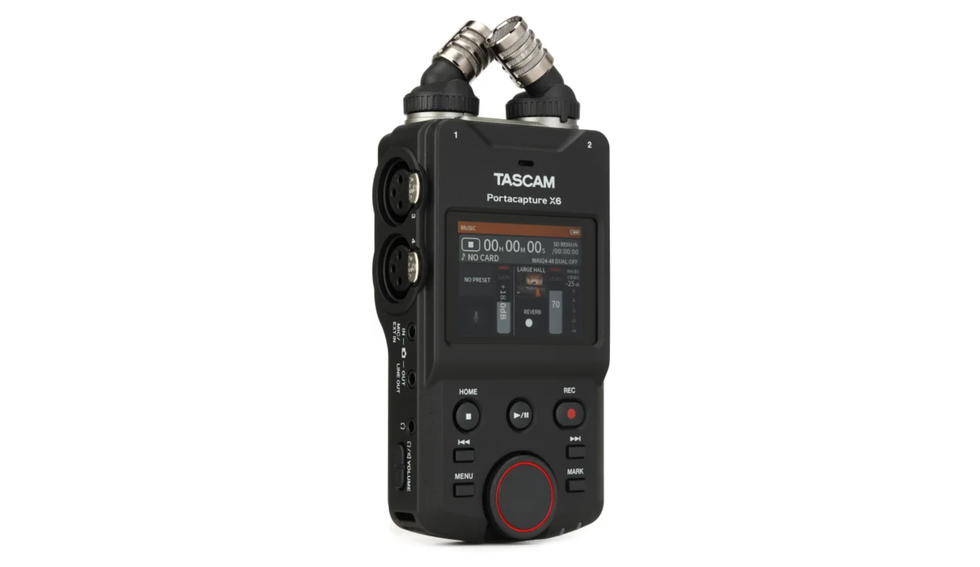
This is a great-sounding, high-quality recorder that’s extremely easy to use, with a quick learning curve. It has built-in stereo mics, two XLR inputs, and phantom power, records at 32-bit/96 kHz, and offers reverb. The Portacapture X6 can be bus-powered, and works as an interface with your DAW. It also sports a 2.4” color touchscreen. Although it’s rugged and well-built, the Portacapture X6 doesn’t have enough inputs for complex music recording. But it’s great at everything else field recorders do. And like all the recorders in this overview, it is solid and reliable, and should hold up for years.
$299 street, tascam.com/us
Sony PCM-D10 High-Resolution Digital Audio Recorder
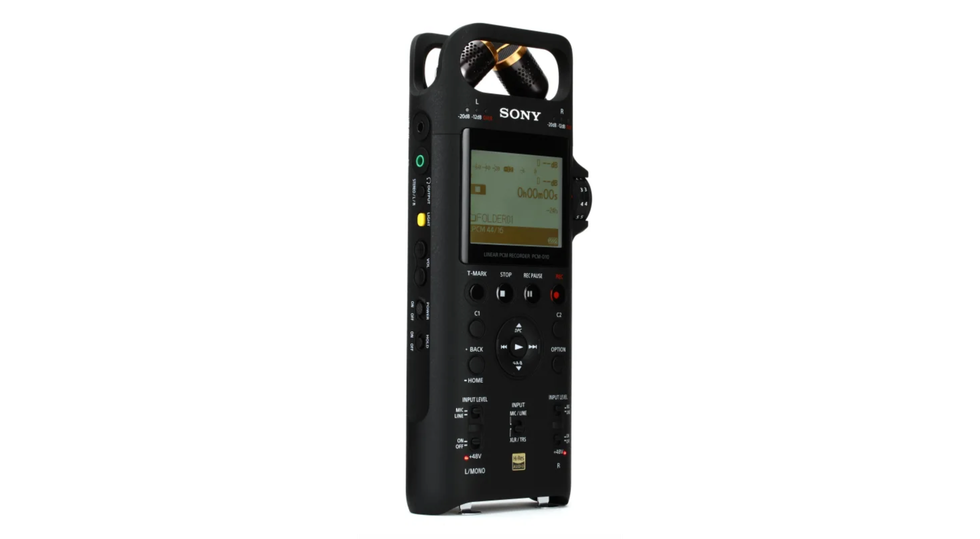
Sony is known for making solid, reliable home and studio equipment, and the PCM-D10 is no exception. This recorder includes two internal microphones that can be adjusted to three different patterns, two XLR/TRS combo inputs, and 48V phantom power. Extras include Bluetooth capability and a digital limiter. You can’t go wrong with its dependability, build, and ease of use, but since the PCM-D10 has fewer features than some less expensive recorders, it’s pretty pricey.
$499 street, electronics.sony.com
Roland R-07 2-Channel Handheld Recorder
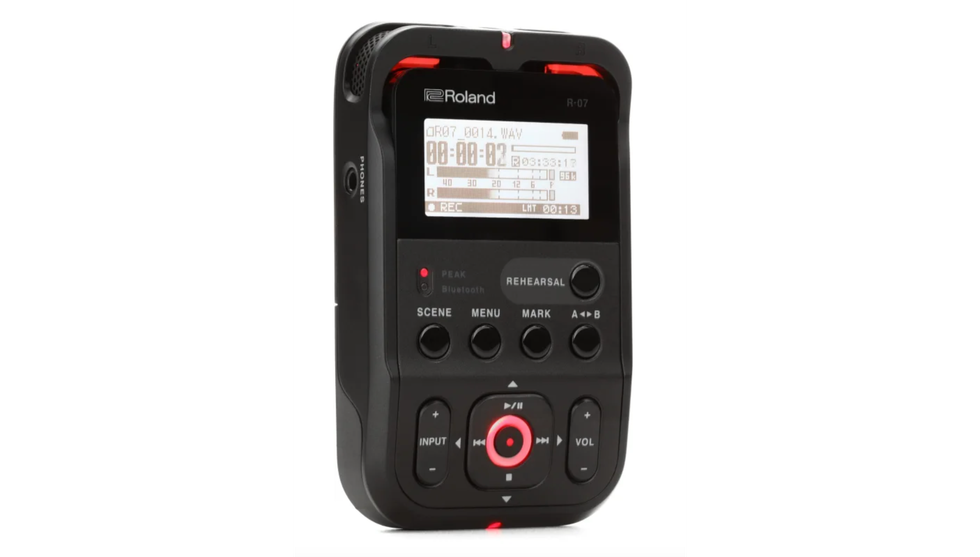
This pocket-sized 24-bit/96 kHz recorder is high-quality, with built-in stereo microphones, but by design has fewer channels and features than the other recorders here. However, it is also the least costly and would suffice for field recordings, environmental sounds, and maybe podcast material, or interviews. It has no XLR inputs, so for music it’s mostly practical for grabbing ideas and sketches.
$199 street, roland.com
Olympus OM System LS-P5 Linear PCM Recorder
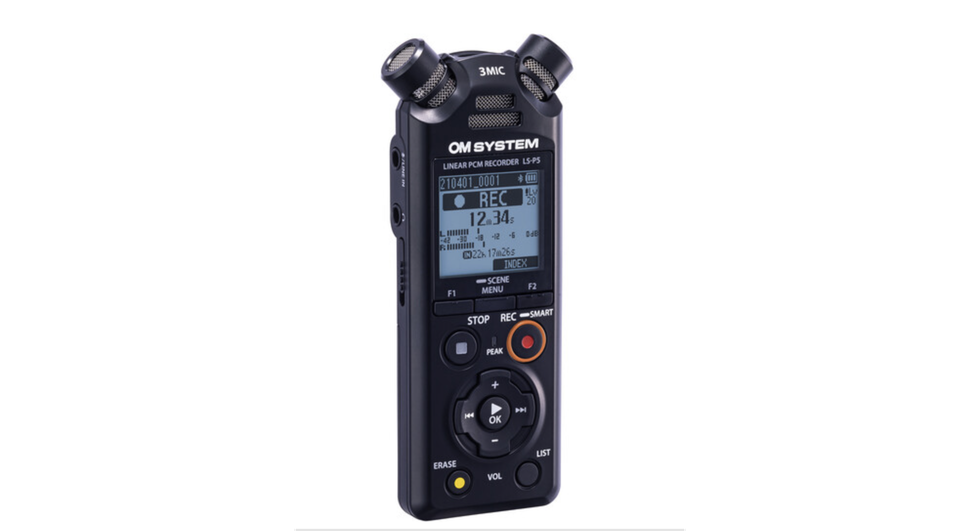
The Olympus LS-P5 is manufactured by a company that’s made its bones in the camera/video/film world, so it’s no surprise that it’s targeted at that market. Features include three microphones, Bluetooth, and a low-cut filter. The Olympus has no XLR inputs, but it’s suitable for field recording or video production, and, depending on your methodology, podcasting.
$249 street, explore.omsystem.com
And that’s a miniscule sampling of the field recorders available. But a good rule of thumb for those of us recording music is to be sure you’re choosing a model with the inputs, microphone and power options, and channels that you need.
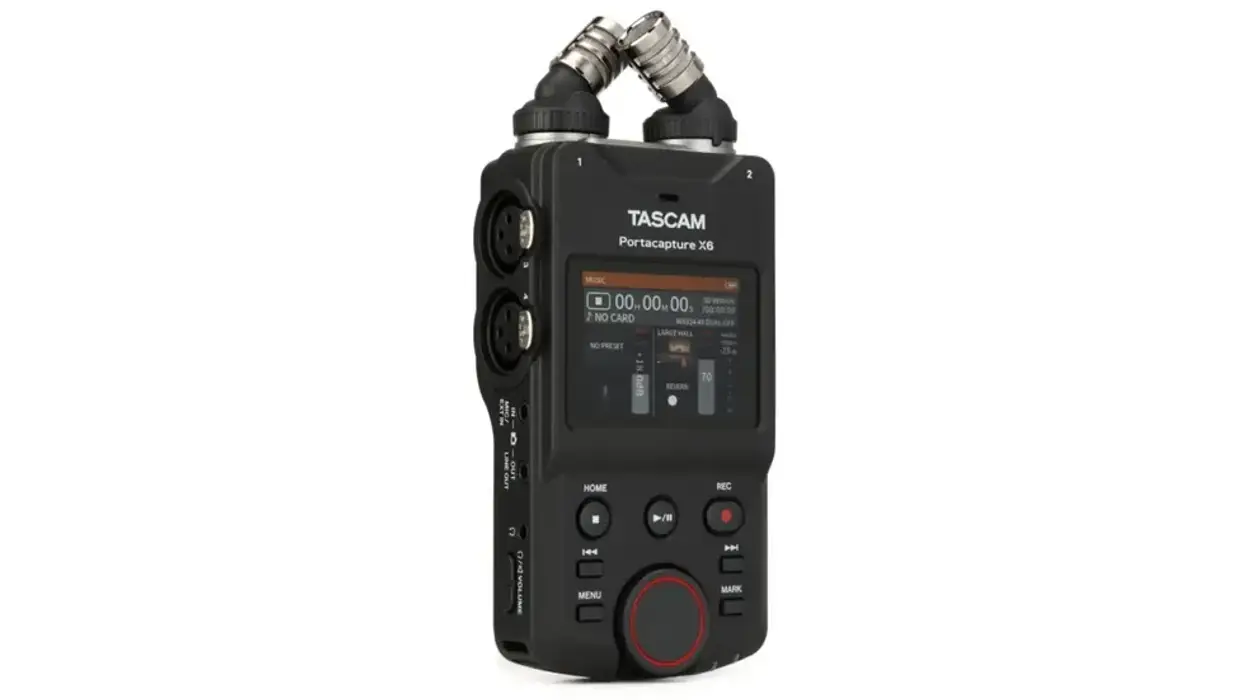


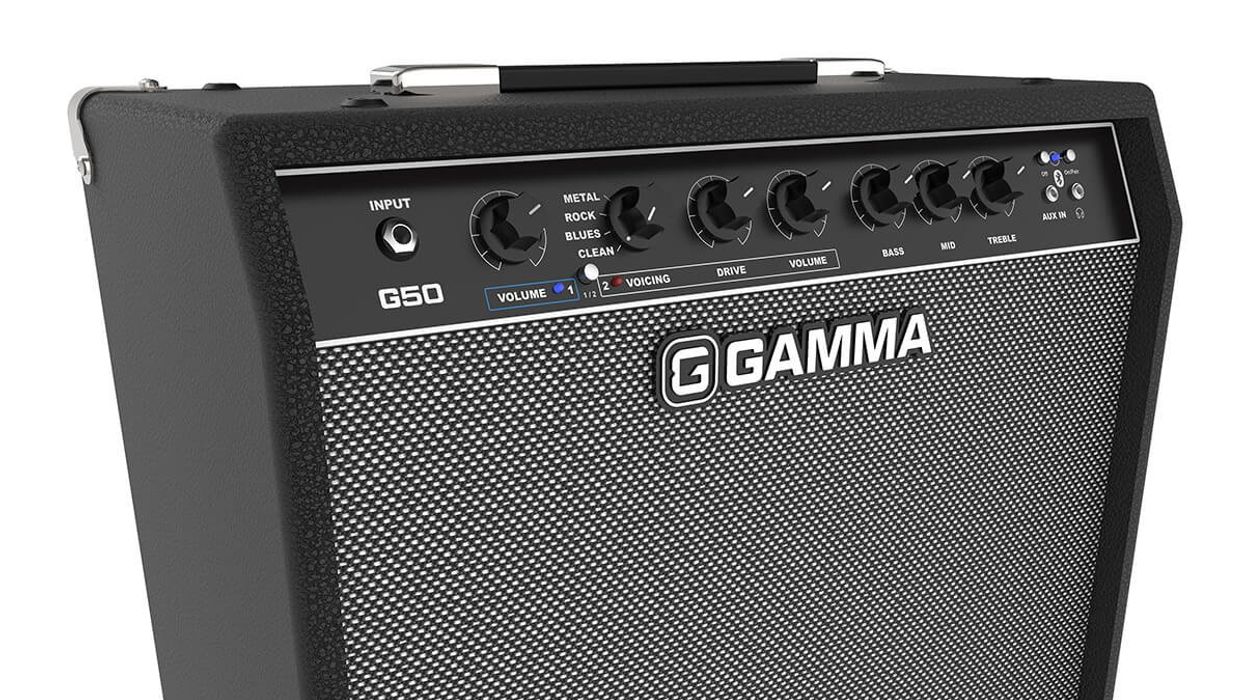
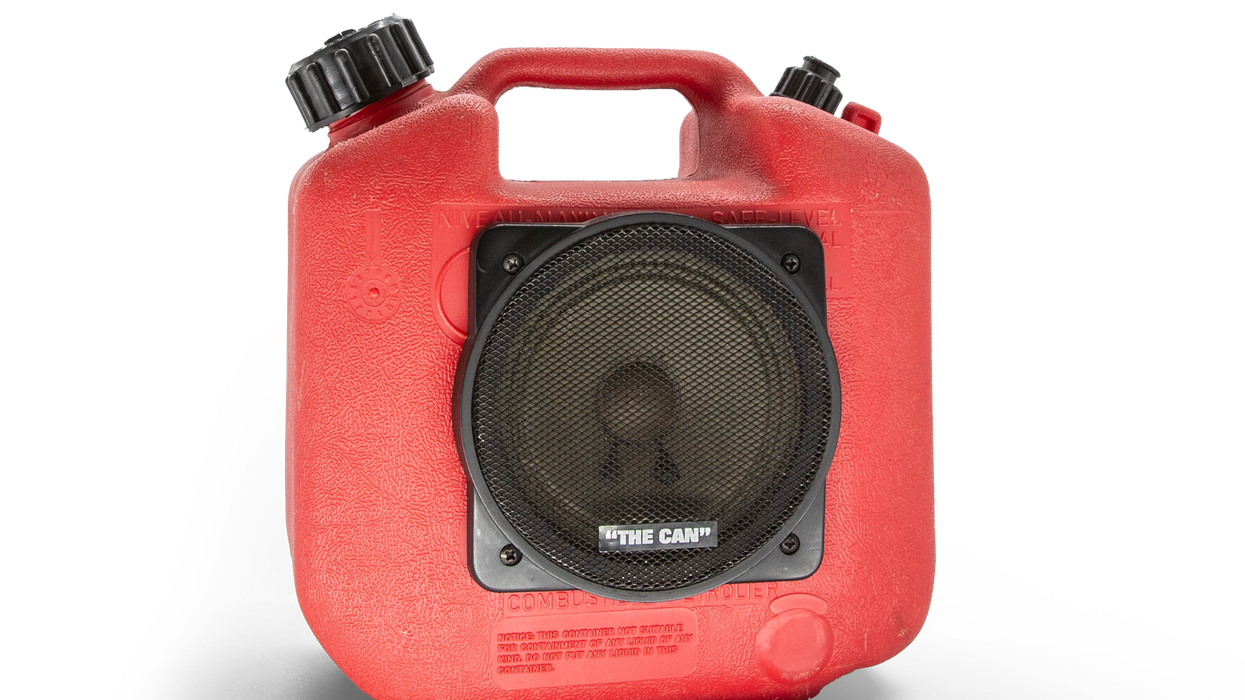


 Guitarists are used to coveting cranky, old gear, but if you’re not a rack user, the H3000 might not be for you! If you ever see one of these in a studio, be sure to take some time to check it out, and maybe give the plugin a try.
Guitarists are used to coveting cranky, old gear, but if you’re not a rack user, the H3000 might not be for you! If you ever see one of these in a studio, be sure to take some time to check it out, and maybe give the plugin a try.







